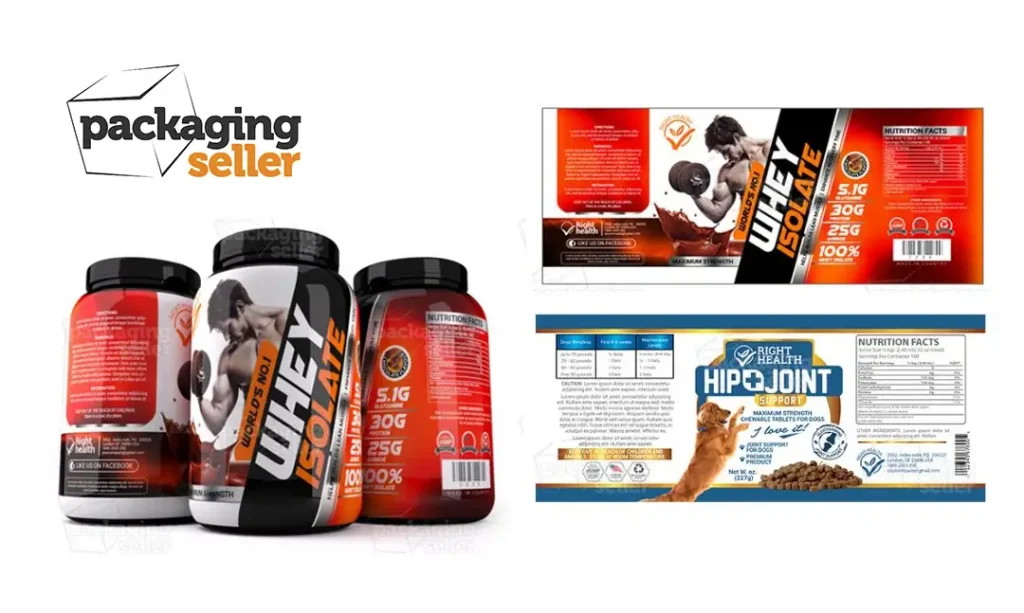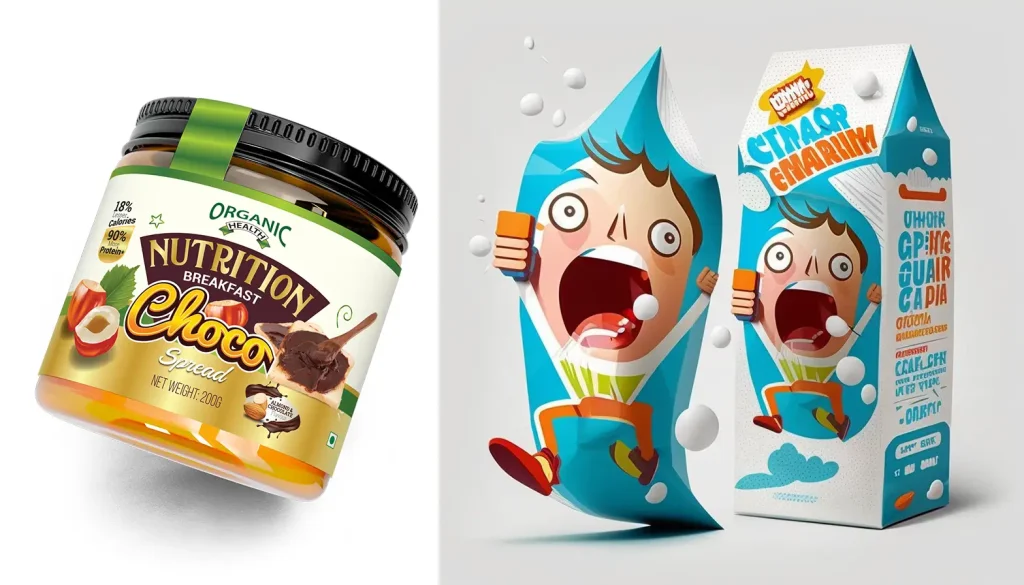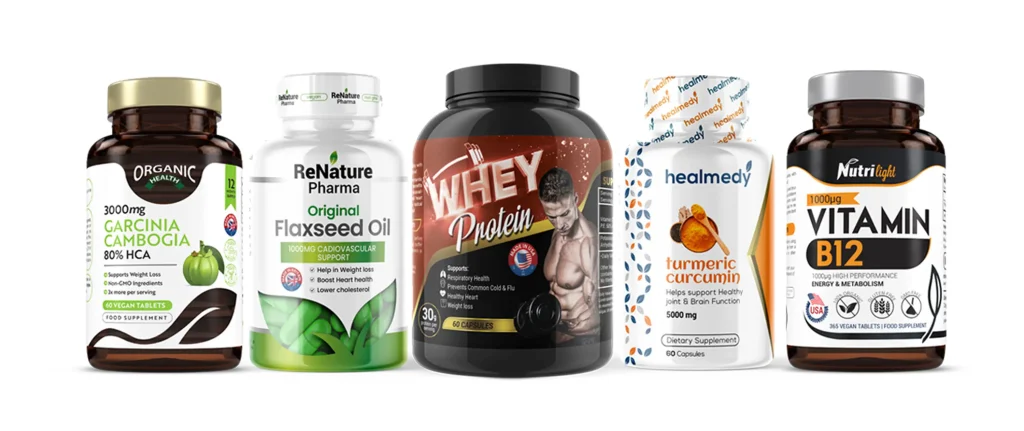
What are the main points that should be considered in label design?
When it comes to label design, there are several important points that should be considered to ensure the label is effective and visually appealing. The label is often the first thing a customer sees when considering a product, so it is crucial to make a good first impression.
Firstly, the label should clearly communicate the product’s name and purpose. This means that the font, color, and placement of the text should be carefully considered to ensure that the message is clear and easy to read. The product’s name and any important features or benefits should be prominently displayed on the label to make it easy for customers to understand what the product is and what it does.
Secondly, the label should be visually appealing and eye-catching. This can be achieved through the use of color, imagery, and typography. The label design should reflect the product’s brand identity and appeal to the target audience. For example, a label for a children’s toy might use bright colors and playful typography, while a label for a luxury product might use a more refined color palette and elegant typography.
Thirdly, the label should provide relevant information about the product, such as ingredients, instructions for use, and any safety warnings. This information should be easy to find and read, and should be presented in a way that is visually appealing and not overwhelming.
Fourthly, the label should be designed with the product’s packaging in mind. The label should fit seamlessly with the packaging and complement its design. This means that the label’s shape, size, and placement should be carefully considered to ensure that it works well with the packaging.
Finally, it is important to consider the legal requirements for label design, such as FDA regulations and country-specific labeling requirements. The label should comply with all relevant regulations and be clear and accurate in its messaging.
Some important points to consider:
- Branding: The label design should be consistent with your brand identity, including the use of colors, typography, and imagery that reflect your brand’s personality and values.
- Target audience: Consider who your target audience is and what they are looking for in a product. The label design should appeal to their preferences and needs.
- Legal requirements: Make sure the label includes all necessary information required by law, such as product name, net weight, ingredients, nutritional information, and any warnings or disclaimers.
- Clarity and readability: The label should be easy to read and understand, with clear and legible text, appropriate font sizes, and logical organization of information.
- Visual hierarchy: Use visual cues like color, typography, and placement to create a clear hierarchy of information, with the most important elements (like the product name and brand) standing out.
- Differentiation: Make sure the label design is unique and stands out from competitors, while still remaining within the constraints of the industry and product category.
- Production limitations: Consider the printing process and any limitations or requirements that may impact the label design, such as color limitations, printing methods, and label size and shape.
Overall, a successful label design should be visually appealing, informative, and compliant with legal requirements, while also effectively communicating the brand and product to the target audience.



Pingback: How to Start a Pet Food Business? - Packaging Seller Blog